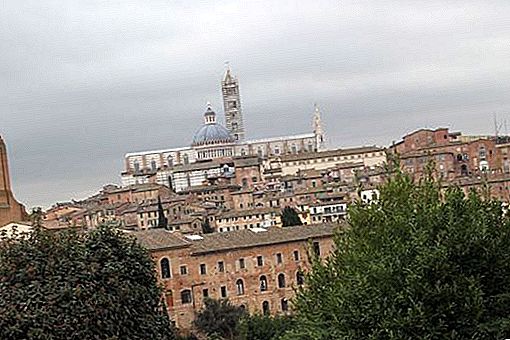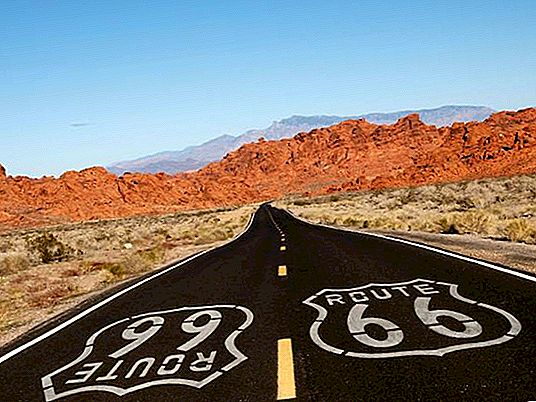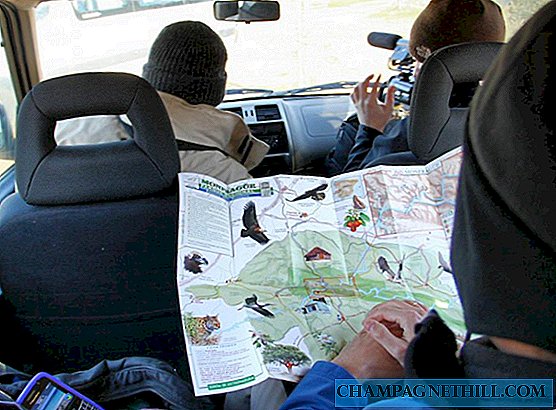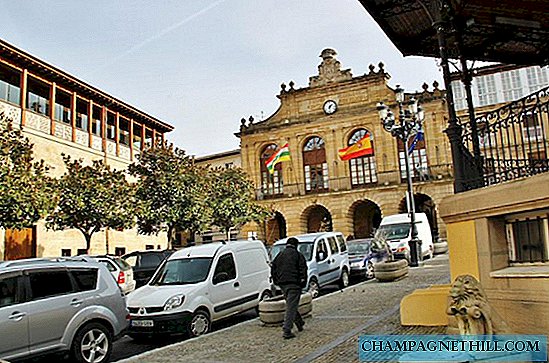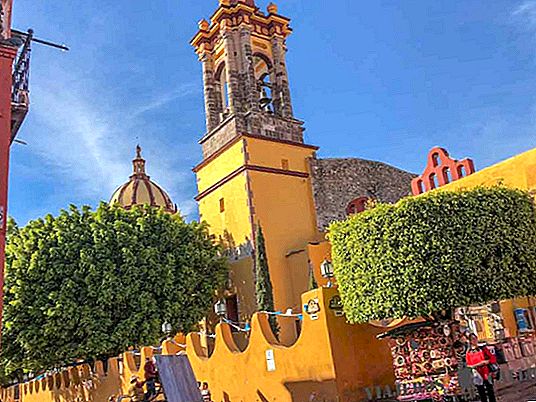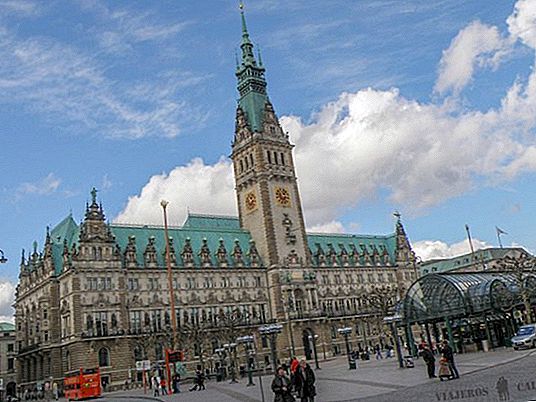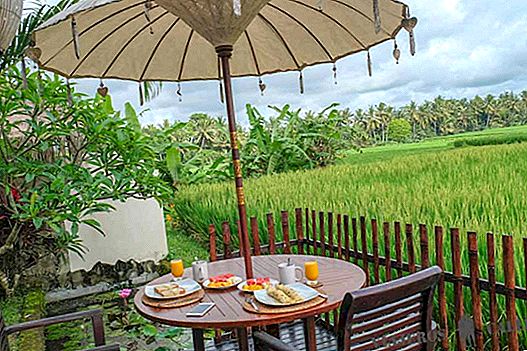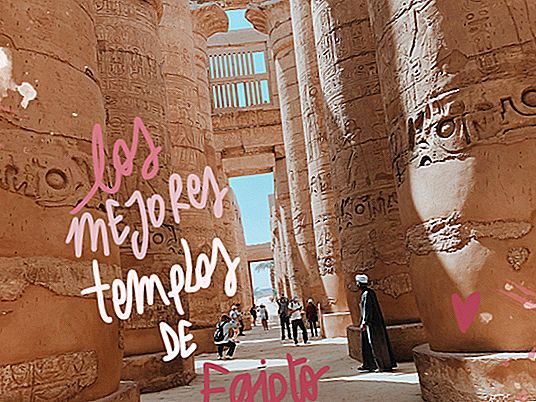
The temples of Egypt, places of worship of the Gods and the pharaohs, are one of the great treasures of that mystical and mysterious country. During the cruise we did on the Nile, we were lucky to visit some of the most impressive, and believe us: they will not disappoint you, even if you have very high expectations. Moreover, everything is amplified once you are there, between giant colossi, obelisks, columns and passages full of hieroglyphs. In this post we will take a virtual tour of the best temples in Egypt (We hope to return soon to continue expanding this list hehe).
The Luxor temple is one of the most spectacular and best preserved in the country, and that has a whopping 3,500 years old! It is located in Thebes (now the city of Luxor), which was the capital of Egypt during its golden age, during which the pharaohs insisted on building huge buildings to leave their mark in eternity.
The pharaohs to whom we have to thank this wonder were Amenhotep III, which dealt with the inner part, and Ramses II, in charge of the outer part (obelisks, colossus and facade). The set is dedicated to Amun, who in Egyptian mythology was the God of the Wind.
The temple remained silent until it was discovered in 1884. Something very curious is that it is only about 2 km from another essential temple (Karnak's), connected in its time by an avenue that had 300 sphinxes at its sides. Today you can see some of them. The most impressive thing about the Luxor temple is its entrance, guarded by 6 Colossi of Ramses II (today one is missing) and inside it stands a perfectly preserved statue of the Pharaoh himself, rooms with huge columns, a mosque (notice that the entrance door It is raised a few meters meters, which indicates how far the earth covered the temple) and the remains of some frescoes of an ancient Christian chapel.
Curiosity: in the Place de la Concorde in Paris there is an obelisk that comes right from here!
- Price: 140 EGP
More than a temple it is a group formed by the Temple of Montu, the temple of the Goddess Mut and the temple of Amun (in addition to a few statues, columns, chapels ...). The best known part of Karnak is undoubtedly the wonderful great hypostyle hall, where you will get lost among huge columns covered with hieroglyphs. It was one of the places that made us most excited to visit and we promise you weren't disappointed at all. Being there, under those imposing moles of stone, was a dream come true and you will be surprised to see how well preserved they are.
In addition, you can not miss the obelisk of Hatshepsut (almost 30 meters high) and his partner the obelisk of Thutmose I (although you will see it fallen to the ground), the huge mural of Pharaoh Tuthmosis III crushing his enemies and in the background the sacred lake, there look for the statue of the largest stone beetle in the world: they say that if you surround it 7 times a wish will be fulfilled!
- Price: 150 EGP
Although it lacks the details of the previous two, it is a temple with very interesting features. Firstly because of its location, carved in the limestone of a mountain in the Deir el-Bahari Valley. It was built as a funerary temple, which means it would only be used once, to celebrate the funeral of Pharaoh Hatshepsut, to whom it was dedicated. The curious thing about this pharaoh is that he was a woman, who reigned dressed as a man for more than 20 years.
Around the temple in the past you could see some reliefs that told the story of that emblematic queen-pharaoh, although unfortunately, at her death Thutmose III (her stepson) as revenge for snatching the throne for many years, destroyed them.
The temple is arranged on three terraces, with a large central ramp that connects them. On the right hand side, before going up the stairs that lead to these terraces, there is a room where colorful and very handsome hieroglyphs stand out, especially of the God Horus.
This place is also sadly famous for having been the target of the terrible Luxor massacre, when in 1997, a group of terrorists descended from the mountains, closed the enclosure and killed 62 people among guards and tourists.
- Price: 100 EGP
It is the second largest temple in Egypt (after Karnak's) and the one that is probably best preserved. It remained covered by the desert sand almost completely until the late 1800s, which is why it is in such good condition. Construction began on August 23, 237 B.C. under the mandate of Ptolemy III (it is therefore a temple of Greco-Roman stamp) and was inaugurated on December 5, 57 BC. at the hands of Ptolemy XII (the father of Cleopatra VII). The exact dates are known as they appear engraved in some reliefs of the temple.
The temple was dedicated to God Horus (body of person, head of hawk). After crossing its imposing entrance, flanked by two hawks, we find ourselves in a room with large columns, in a gloomy atmosphere that will not leave us in almost the entire visit. If we continue on, going through other rooms, we will arrive at the main sanctuary, the so-called “Sacred Boat Room” where there is a Barca de Horus, one of the most important symbols of ancient Egyptian culture, which served to transport the deceased to the world of the dead The one we see in this temple is not the original one, which is in the Louvre Museum, in Paris. This main hall is surrounded by 11 other chambers that served as chambers for the gods, according to mythology.
This entire central area is covered, and in these ceilings, in one time, large polychromatic murals shone. If you go out on one of the sides you will arrive at an open gallery, whose walls are preserved almost intact innumerable hieroglyphs that have been a source of unpayable information for historians. It is, without a doubt, its greatest treasure.
- Price: 140 EGP
It is located about 50 km from Aswan and is one of the temples that you visit on the Nile cruise. It began to be built under the Ptolemaic dynasty in the s. II BC and its main characteristic, and that makes it unique, is that it is a group divided into two symmetrical temples, each dedicated to a different god. The southern half was dedicated to God Sobek, represented with a crocodile head, while the northern part was dedicated to God Horus, with a falcon head. Therefore it was formed by two entrances, two sanctuaries and two hypostyle rooms, although there are also common areas.
The reliefs are constant in this temple, the most interesting are those of God Sobek, which is not easy to see in other temples (and with the crocodile head is very cool) and the set with surgical instruments, which could practically be that of the table of an operating room today. On the outside of the temple you can see a well that served as a Nilometer, to measure the floods of the Nile and calculate the taxes applied to the farmers (to more flood, more taxes). This is an element of the Greco-Roman era, you will not see it in the oldest temples.
Curiosity: with the same entrance you can also visit a museum where crocodile mummies are preserved.
- Price: 100 EGP
It is one of the most beautiful temples due to its location, in the middle of a small island of the Nile. To get there you have to take a shared boat and do 10 minutes by the river, in an environment that reminded us of Hampi, a beautiful city of the South India It is dedicated to Isis, the goddess of love, who according to legend, took refuge here to rebuild the pieces of Osiris, who had been killed and dismembered at the hands of his brother Seth. You can read the legend here, perhaps the most famous of Ancient Egypt.
The temple of Philae was dismantled piece by piece and moved to its current location, because with the construction of the Aswan dam the water level would have covered it.
Curiosity: if you look at the columns of the main hall of the temple, you will see that some Christian crosses are carved. The reason is simple: Christians took refuge here for years.
- Price: 140 EGP
The Abu Simbel complex is the great jewel of Egypt. It is formed by two temples carved into the rock in the thirteenth century B.C., one dedicated to Ramses II, and the other to Nefertari, his first wife and great love. On the facade of the first stand out 4 huge colossi representing Pharaoh Ramses II. The statues of the second are not so big, but they will leave you with your mouth open equally. However the emotions do not end here: once inside you will freak out with the impressive reliefs dedicated to Pharaoh himself, elevated to the level of the gods, and his wife Nefertari.
As in the case of other temples, the desert sand helped hide and protect them. In this way Abu Simbel was first discovered in 1813 by a Swiss explorer, and four years later by his Italian colleague Giovanni Battista Belzoni.
It is far from most temples, about 250 km south of Aswan (and very close to the border with Sudan), in addition the visit is not usually cheap (excursions do not fall below € 70 / person), but it absolutely deserves the sorrow. For us it is one of the best temples in Egypt. And if you have the possibility to arrive at night and be alone in front of this colossus, and then see how the sun rises over Lake Nasser, it will be a great luxury (yes, before dawn at 1.30 am to arrive in time XD).
Curiosity: Abu Simbel is not in its original location. Following the construction of the Aswan Dam, Egypt asked UNESCO for help and the temple had to be moved 200 meters higher and 60 meters back, to avoid being covered with water. To do this they literally cut the mountain into cubes, which they moved and put back in that new place. If you look at the walls inside you will see the marks of the cuts. Spain was one of the many countries that helped this feat and as a way of thanks, the Egyptian government gave away the temple of Debod that today can be visited in Madrid.
- Price: 200 EGP
Here we leave you an interactive map where we indicate the location of the 7 best temples in Egypt.
Did you like this selection of the best temples in Egypt? After our trip to this wonderful land we were left wanting to continue exploring the country and touring more temples (especially that of Abydos). And it is that one does not get tired of walking between these walls that they saw so much throughout history.

Save on your trip
Flights Cheap to Egypt: bit.ly/2GbxfyJ
accommodation Cheap in Egypt: booki.ng/2G6Ys5C
Stay withAirbnb and get€ 25 discount: here
Activities and excursions in Egypt: bit.ly/2QD3tXR
Rent a car with the best discounts: bit.ly/2PxxcRn
Travel insurance IATI with a5% discount: bit.ly/29OSvKt
Books and travel guides: amzn.to/2SBJ5U8

